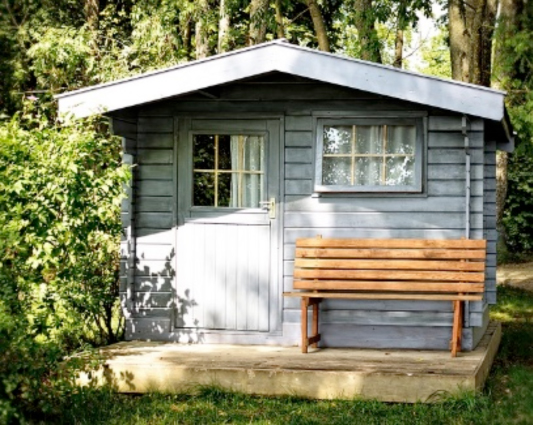The Residential Tenancies Act 1986 requires landlords to provide and maintain rental properties in a reasonable state of repair for the tenants. When deciding what is a ‘reasonable state of repair’ one must consider the age and character of the property and how long it’s likely to remain habitable and available to be lived in. It should also be noted that the Act requires landlords to provide properties in a reasonable state of cleanliness for the tenants – although it does not directly regulate the standard of rental properties. However, it does reinforce that landlords ‘comply with all requirements in respect of buildings, health, and safety under any enactment so far as they apply to the premises’.
The Housing Improvement Regulations 1947 creates the minimum requirements that must be met when it comes to housing standards, and that it is local authorities and councils that are responsible for the enforcement of these regulations within their districts. The premises must comply with each of these requirements unless the dwelling complied with what would be considered an equivalent requirement of the Building Code at the time the dwelling was built. The purpose of the Housing Improvement Regulations is to ensure that properties are warm, dry, safe and sanitary for the tenants occupying the dwelling. The regulations that are found under the Housing Improvement Regulations 1947 are: room size, function and safety, light, ventilation, drainage and dampness, overcrowding, sewerage and sanitation, and heating.
It should also be noted that each dwelling, alteration, and additional ancillary building should have building consent and code of compliance if the dwelling or alterations were made post 1993. If they were made prior to 1993 then it was common for the dwelling to only have a building permit.
Earlier this year new housing standards came into effect. These standards require that all rentals have heaters that can warm the main living rooms up to 18 degrees Celsius. Each home must also have underfloor and ceiling insulation that meet the 2008 Building Code standards, while existing ceiling insulation must have a minimum thickness of 120 millimetres.
Private landlords will need to ensure their rental properties comply with the standards within 90 days of any new tenancy commencement date from mid-2021, while Housing New Zealand and registered Community Housing Providers will have until July 2023 to comply with the new standard of housing requirements. If the dwelling does not comply with the above Act and the Housing Improvement Regulations 1947, it should be noted that a tenant
can apply to the Tenancy Tribunal for a work order or other type of order if a landlord will not meet their responsibilities for providing a safe and healthy home.
Where the rental cannot lawfully be used for residential purposes a tenant may apply to the Tenancy Tribunal for rent to be repaid to them, because the landlord has received rent that is not lawfully recoverable under the Act. Rentals that cannot be lawfully used for residential purposes could include illegally converted garages, unconsented dwellings and commercial properties used for residential use.
If you have any questions or concerns regarding whether or not the dwelling you are renting meets the required standards and regulations, we advise you to seek professional legal advice to assist you with these queries.

